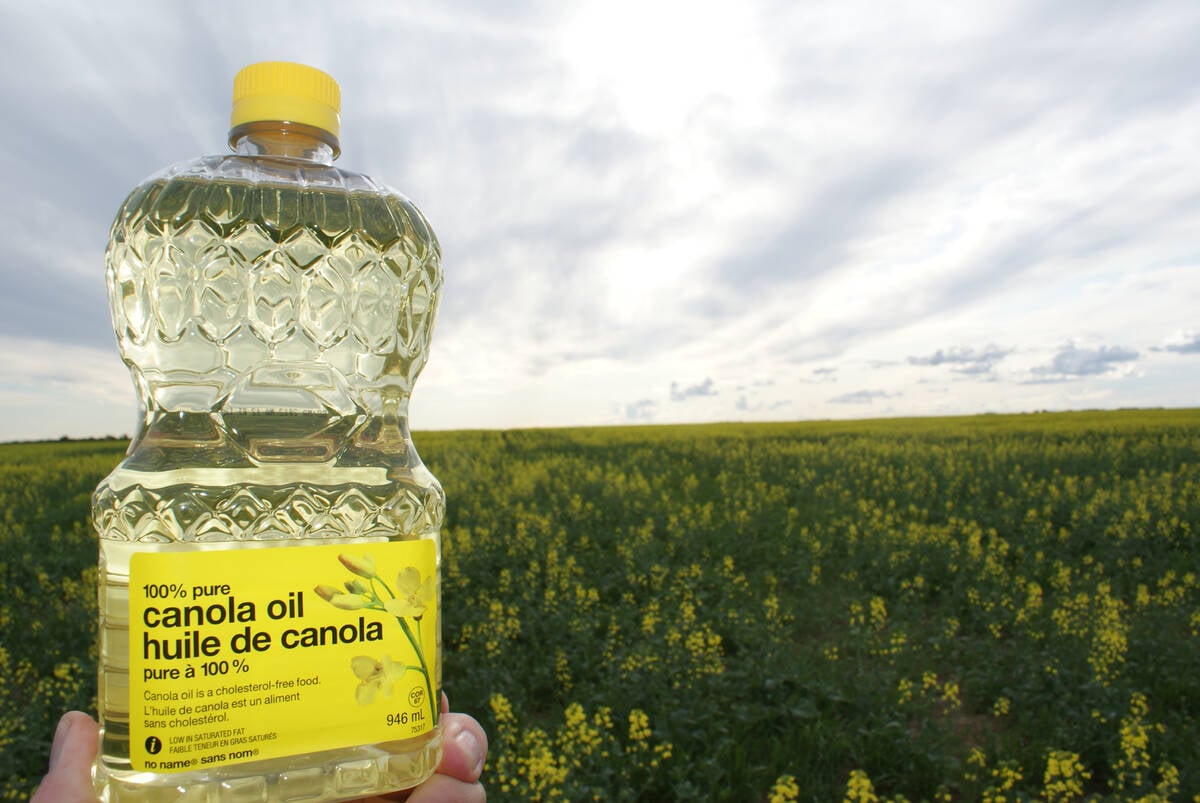The dry conditions that propelled farmers and ranchers from southwestern Saskatchewan into the legislature several times last spring to ask for help have not eased.
Many producers are heading into a fourth year of drought, a problem compounded by escalating gopher populations.
Agriculture minister Bob Bjornerud heard a new relief proposal Jan. 21 and is expected to meet with farmers this week in Swift Current to discuss the situation, but he hasn’t offered a firm financial commitment.
“Probably even in the spring budget maybe something will be addressed,” he said earlier this month.
Read Also

Rising vegetable oil demand may offset bad biofuel news
Global biodiesel/renewable diesel production is expected to decline for the first time in a decade. Bad timing for a canola industry looking for new markets.
The government is planning its 2008-09 budget and will announce it by the end of March.
Last spring, then NDP agriculture minister Mark Wartman pledged to pay 10 percent of a disaster program that would cover drought. That was before the federal-provincial AgriRecovery program was devised to cover regional disasters on a 60 percent federal, 40 percent provincial cost-share basis.
The new Saskatchewan Party government campaigned on a complete review of crop insurance but those programs are unlikely to change much for 2008.
Norm Nordgulen, who farms at Assiniboia, said something has to happen, and soon.
He said crop insurance is far from adequate and at last month’s Agricultural Producers Association of Saskatchewan annual meeting he moved a motion calling for ad hoc payments to help producers “transition to an improved crop insurance program to remedy disasters.”
He had three empty bins last year, which had not happened in 32 years of farming, he told the meeting. Yields in his area ranged from zero to about 15 bushels per acre.
He had coverage under Saskatchewan Crop Insurance Corp.’s rainfall insurance programs but he said farmers who participated in those programs were robbed. They hadn’t paid out significantly over three years of drought, he said.
“I feel totally cheated by it,” he said.
The two weather-based programs allow farmers to insure forage and annual crops against lack of precipitation or early frost. They can be used alone or to top up multi-peril crop insurance.
From May 1 through Aug. 31, each month has a weighted value used to calculate the percentage of normal precipitation. A claim is triggered when the precipitation recorded at a selected weather station over those four months is less than 70 percent of normal for annual crops or 80 percent for forage. Stations must be located within 100 kilometres of the land insured.
Nordgulen said his son insured native grass in the first year of the program. He was in a claim position until it rained 2.5 centimetres Aug. 30.
The rain nullified his claim but helped the grass only a little.
Ray Orb, Saskatchewan Association of Rural Municipalities director for Division 2, which includes the Assiniboia area, has likened the program to playing Russian roulette.
“You have to be dead on,” he told a rally last spring in Cadillac.
Nordgulen knows that well.
Last year, the Assiniboia weather station recorded 76 percent of normal rainfall and pushed him out of an annual crop claim even though the crop wasn’t good.
He said he chooses the weather station that represents where he farms and he’s not trying to play the system by choosing one farther away.
“Last year I got my premium back,” he said of 2006. “This year, zero.”
He said he won’t participate in the annual crop program again.
According to crop insurance statistics, that program paid out $37,900 in 2007 compared to $1.7 million in 2006.
The forage program paid $127,700 in 2007, compared to $304,200 the year before.
Denise Yont, communication and information specialist at the crop insurance corporation, said the agency is aware of concerns about the program.
“There are challenges with the weather derivative program and we are looking at it.”
Meanwhile, producers are taking whatever steps they can to help themselves.
Dustin Hawkins, of Kincaid, Sask., has spent the last year digging dugouts that may never see water.
“Right now we’ve got no snow,” he said last week. “If we don’t get any there will be a lot of cattle for sale … and a lot of empty holes.”
Hawkins estimated he dug about 70 dugouts in 2007.
At the December APAS meeting, delegates passed a resolution asking for the financial support available through Prairie Farm Rehabilitation Administration projects to be applied to multiple projects on a quarter section, retroactive to last July.
Nordgulen said many applicants were rejected because of size, limits per quarter section and clean-out versus new dugout construction.
Hawkins said he’s still busy because farmers have to be optimistic, but he added government has to help them deal with the drought and the gopher infestation.
Producers appreciate the one-year emergency registration of two-percent liquid strychnine to control gophers.
“But you’ve still got to buy it for $100 a pail and it’s going to take 15 pails to do a quarter,” Hawkins said.
Bjornerud said he hoped to be able to extend the number of rural municipalities that qualify under the emergency registration. Producers in 56 RMs are able to obtain the poison.















